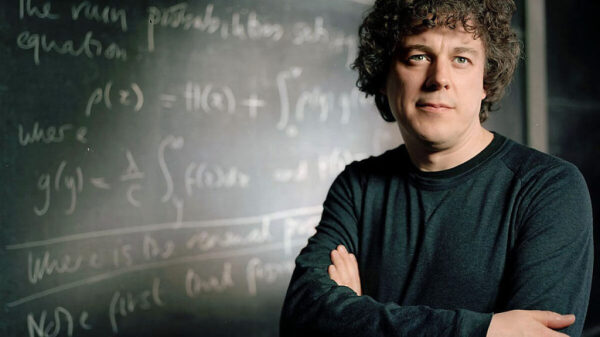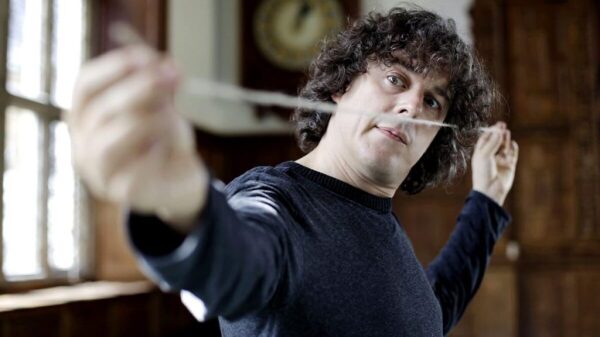How Long is a Piece of String
Favorite
trailer
YEAR: 2009 | LENGTH: 1 part (60 minutes) | SOURCE: BBC
description:
Alan Davies attempts to answer the proverbial question: how long is a piece of string? But what appears to be a simple task soon turns into a mind-bending voyage of discovery where nothing is as it seems.
An encounter with leading mathematician Marcus du Sautoy reveals that Alan’s short length of string may in fact be infinitely long. When Alan attempts to measure his string at the atomic scale, events take an even stranger turn. Not only do objects appear in many places at once, but reality itself seems to be an illusion.
Ultimately, Alan finds that measuring his piece of string could – in theory at least – create a black hole, bringing about the end of the world.
SIMILAR TITLES:
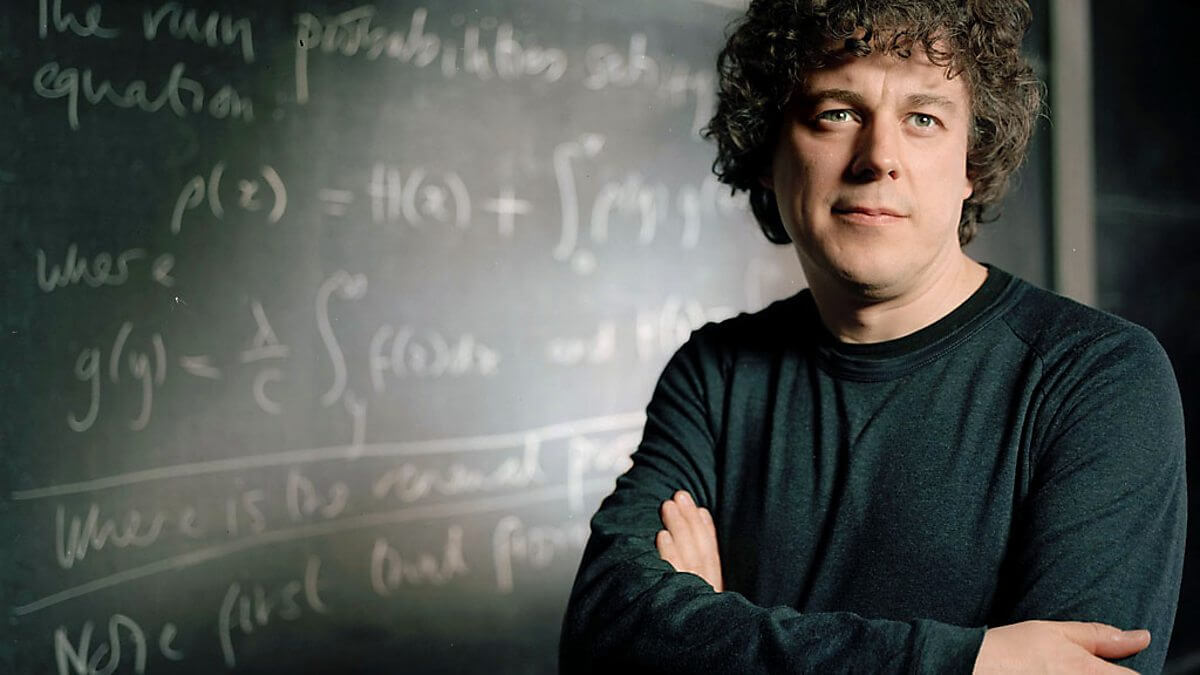
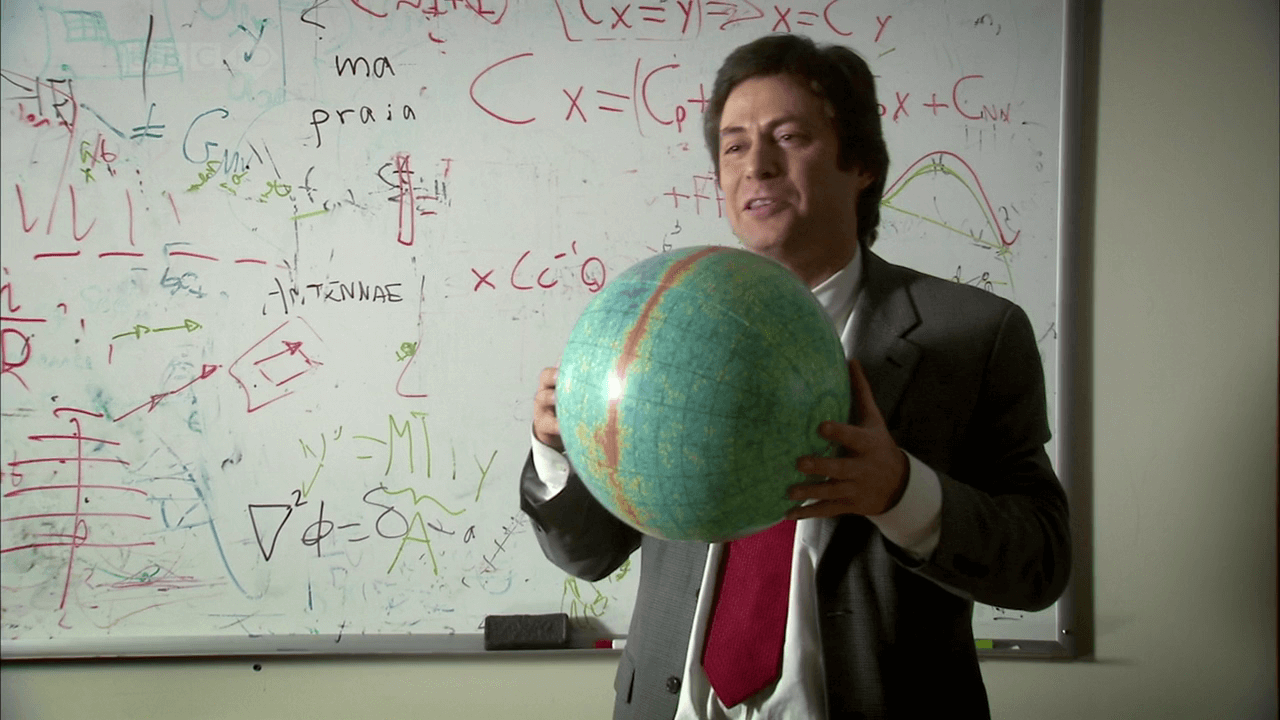
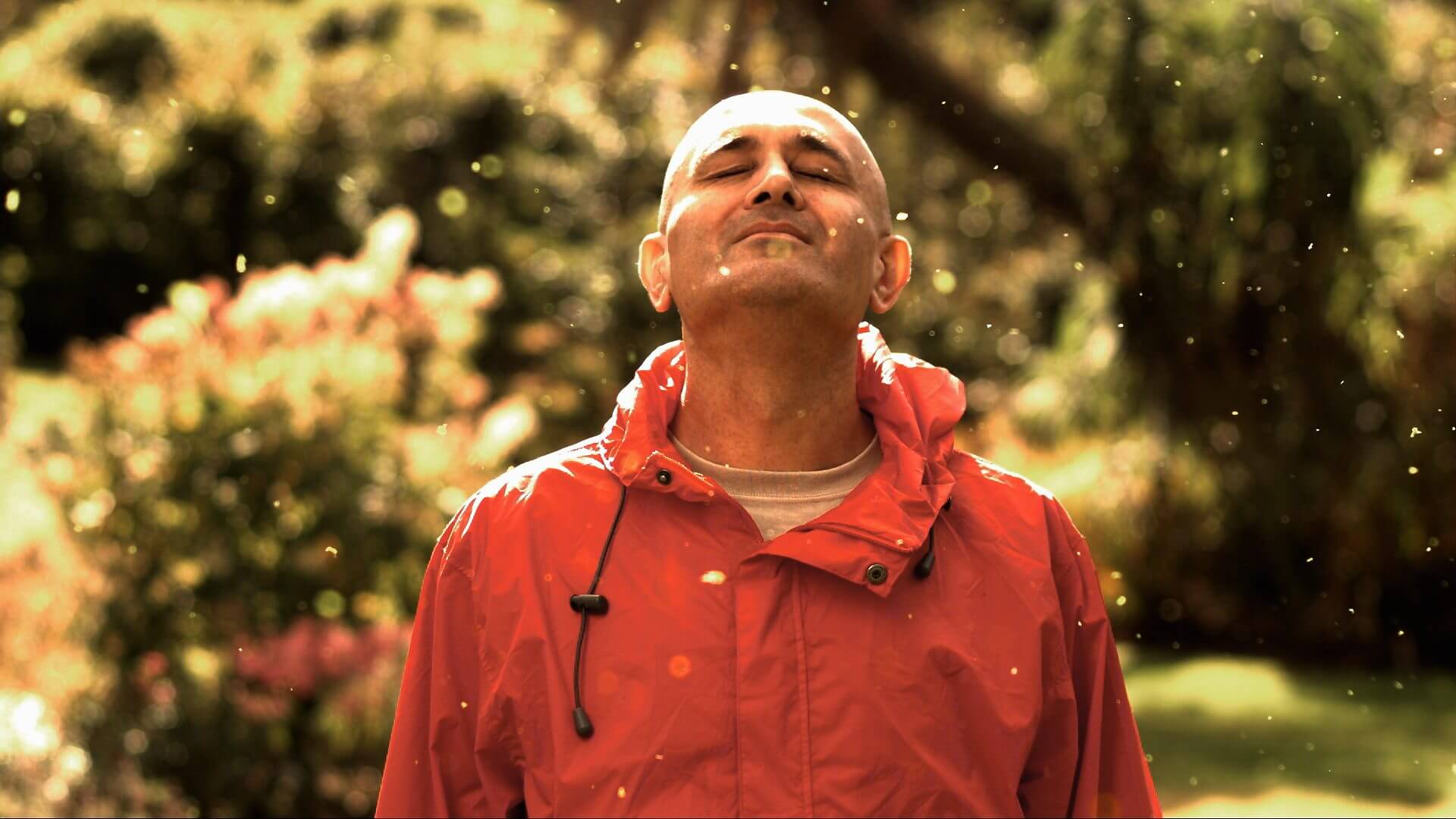

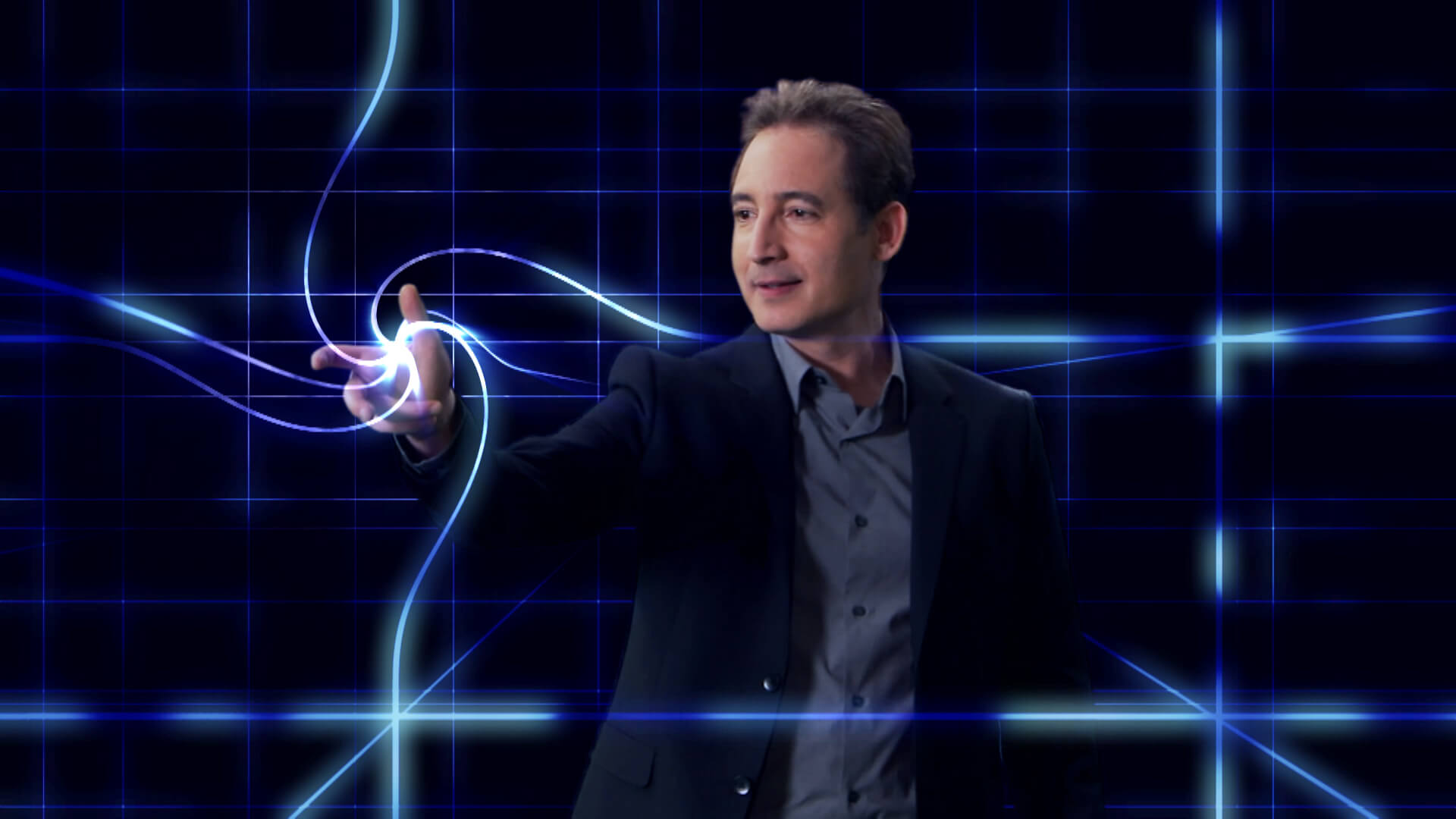
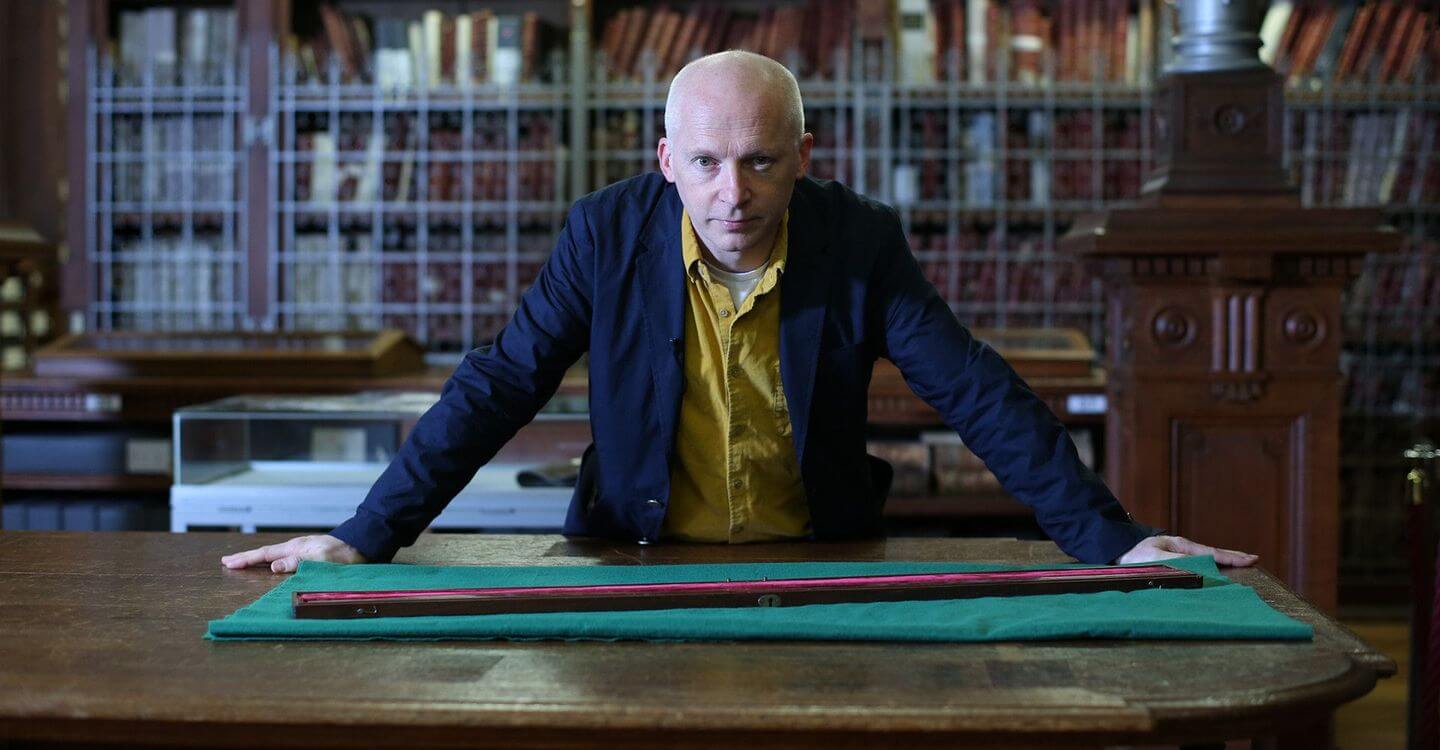
Alan and Marcus Go Forth and Multiply
FavoriteYEAR: 2009 | LENGTH: 1 part (60 minutes) | SOURCE: BBC
description:
Ever since he was at school, actor and comedian Alan Davies has hated maths. And like many people, he is not much good at it either. But Alan has always had a sneaking suspicion that he was missing out.
So, with the help of top mathematician Professor Marcus du Sautoy, Alan is going to embark on a maths odyssey. Together they visit the fourth dimension, cross the universe and explore the concept of infinity. Along the way, Alan does battle with some of the toughest maths questions of our age.
But did his abilities peak 25 years ago when he got his grade C O-Level? Or will Alan be able to master the most complex maths concept there is
SIMILAR TITLES:
The Story of Maths
How Long is a Piece of String
The Story of 1
Parallel Worlds, Parallel Lives
Isaac Newton: The Last Magician
What is One Degree
BBC Two - Horizon, 2008-2009, Alan and Marcus Go Forth and Multiply
Alan Davies embarks on a maths odyssey with the help of mathematician Marcus du Sautoy.BBC

